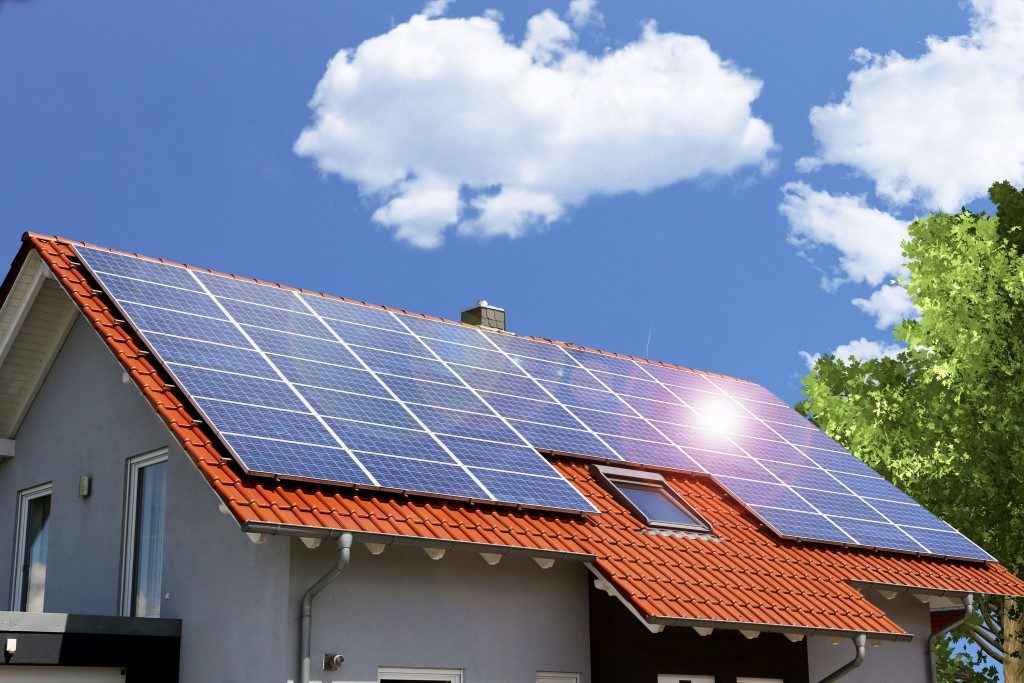Most appliances in your home run on some power type. While gas and electricity were the primary sources of energy in the past, these are becoming increasingly expensive. The need for an inexpensive energy source has led most commercial and residential areas to settle for solar power. The key element which determines the amount of energy you harness after the installation of solar panels is their exposure to sun rays. Their ideal location would be one that’s free of obstacles.
Other than this, you should pay attention to the components a SunPower solar panels dealer offers for your solar panel. The solar charge controller is among the primary control elements of your solar panel. This is a current or voltage regulator which averts the risk of overcharging or damaging your solar panel batteries. It does this by controlling the current flowing from the panels to the battery. Here are the solar channel controller options for solar panels:
Shunt Regulators
These will short circuit your solar array once your battery reaches a specific voltage. Once the voltage drops, this is then un-shorted, and the current flows to the battery again. Shunt regulators are at times called pulse regulators because the current is pulsed to the battery when regulating the current. They are on/off solid-state controllers which have a transistor and blocking diode. The regulators are typically solely used for negatively grounded systems.
Series Regulators
These will open circuit the solar array if the battery reaches a specific voltage. When the voltage drops, this will be reconnected, and the current will flow to the battery once more. Series regulators usually use one or several transistors or relays for the disconnection and connection of the solar array. These regulators can be placed in both negative and positive lines and are used for negative and positive ground systems.
Pulse Width Modulation (PWM) Regulators
These resemble series regulators but exclusively use relays for the opening of a solar array. The transistor is switched at high frequencies with multiple modulated widths to maintain a constant voltage. The PWM regulator will self-adjust through the varying of the length and speed of the pulses that will be sent to the battery. It will constantly move between on and off, unlike other regulators which instantly cut off the solar array to reduce battery overcharging. PWM regulators are used for negative and positive ground systems.
Maximum Power Point Tracking (MPPT) Regulators

MPPT regulators will take your solar panels’ DC input, convert it into a high-frequency AC then back to a DC. This way, the solar array voltage will conform to the voltage requirements of your battery. MPPT regulators are exclusively used for negative ground systems since they use negative lines as their reference.
Without one of the above solar charge controllers, you will have to deal with regular repairs for your solar panels due to battery damage, and over time, your entire panel will be damaged. As such, it is important to make sure you pick the right controller for your solar panels.

